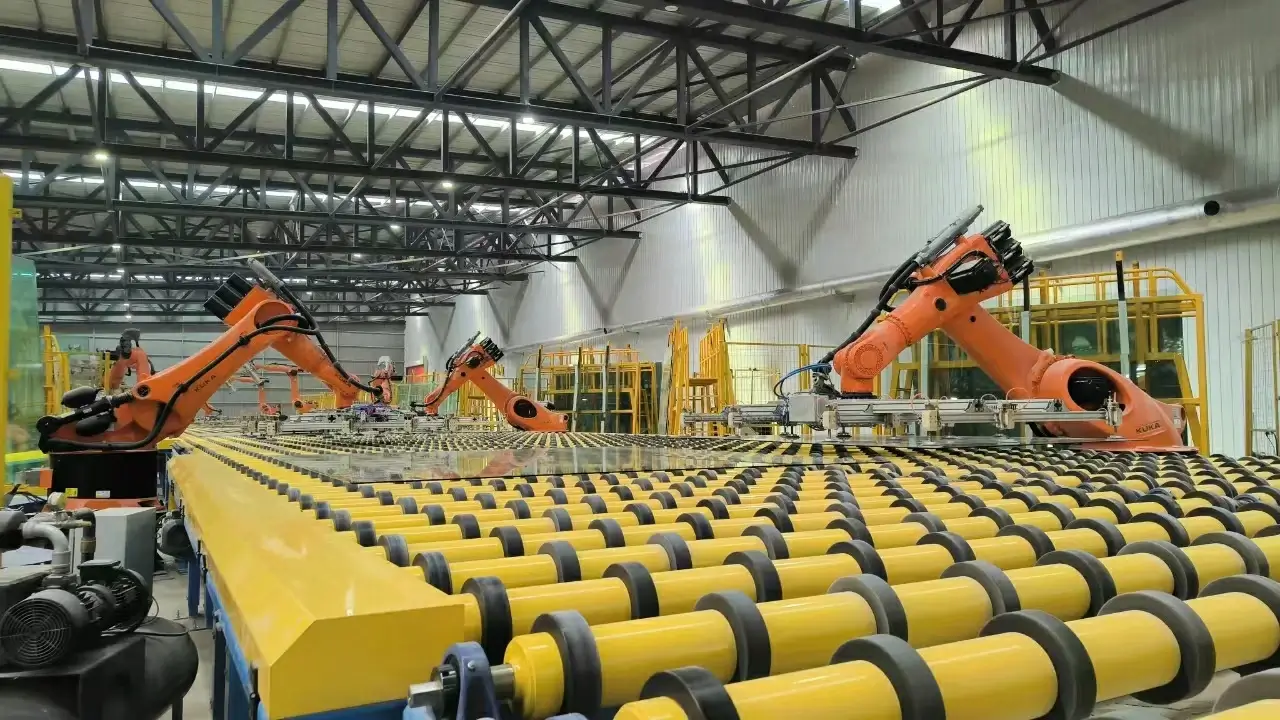

The Wonders of Reflective Glass Material
Reflective glass material has gained significant traction in various industries due to its unique properties and aesthetic appeal. This specialized type of glass is designed to reflect light while allowing for varying degrees of transparency. As a result, it serves numerous applications, from architecture and interior design to automotive and solar energy systems. In this article, we will explore the features, benefits, and applications of reflective glass material, shedding light on its growing popularity.
Features of Reflective Glass Material
Reflective glass is manufactured by applying a thin metallic coating or treatment on its surface, which enhances its reflective properties. The primary characteristic of this glass is its ability to reflect a considerable amount of solar energy. The reflective coating can be tailored to different specifications, allowing manufacturers to control the level of reflectivity and transparency. Typically, reflective glass appears tinted, providing a sleek and modern aesthetic that is appealing to architects and designers.
One of the key technical specifications is the visible light transmittance (VLT), which indicates the amount of light that passes through the glass. High-performance reflective glass often has a VLT ranging from 10% to 60%, depending on the intended use. Additionally, it is designed to reduce glare and control heat gain, making it suitable for energy-efficient buildings.
Benefits of Reflective Glass Material
The use of reflective glass material offers a host of benefits. Firstly, it significantly enhances energy efficiency. By reflecting sunlight, it reduces the reliance on air conditioning systems, which can lead to substantial energy savings. Buildings constructed with reflective glass can maintain comfortable indoor temperatures, reducing the environmental impact associated with excessive energy usage.
Furthermore, reflective glass enhances privacy without sacrificing natural light. Buildings clad in reflective glass appear almost like mirrors from the outside, discouraging prying eyes while still allowing occupants to enjoy daylight. This unique combination is particularly beneficial in urban environments where privacy is often a concern.

The aesthetic appeal of reflective glass cannot be overstated. Its sleek, modern appearance can elevate the visual impact of any structure, creating an impression of sophistication and innovation. Whether used in skyscrapers, commercial buildings, or residential homes, reflective glass serves as an attractive design element that resonates with contemporary architectural trends.
Applications of Reflective Glass Material
Reflective glass finds applications in various sectors due to its versatility. In the architectural realm, it is increasingly used in skyscrapers and commercial buildings. The reflective facade minimizes solar heat gain and masterfully interacts with the landscape, creating captivating visuals. The glass's ability to reflect surrounding structures and natural features also fosters a sense of cohesion between the building and its environment.
Moreover, reflective glass is a popular choice among automotive manufacturers, who incorporate it into car windows and sunroofs. The reflective properties help to reduce the heat inside vehicles while improving passenger comfort and reducing energy consumption for air conditioning systems.
In the renewable energy sector, reflective glass is pivotal in solar panel technology. Concentrated solar power (CSP) systems utilize reflective glass to focus sunlight onto a small area, thereby increasing energy capture and improving system efficiency. This application underscores the material's contribution to sustainable practices and alternative energy sources.
Conclusion
Reflective glass material is more than just a stylish element in modern architecture; it represents a significant advancement in materials engineering that meets the needs of today’s energy-conscious society. Its benefits, ranging from enhanced energy efficiency and privacy to aesthetic appeal, make it a favored choice across a multitude of industries. As technology continues to evolve and the demand for sustainable solutions increases, reflective glass material is poised to play an even larger role in shaping the environments we inhabit. The endless possibilities it offers reflect not only light but also the future of innovative design and sustainability.